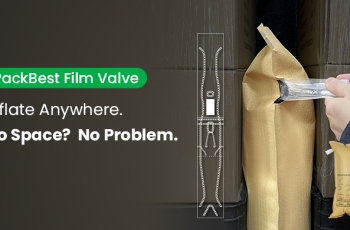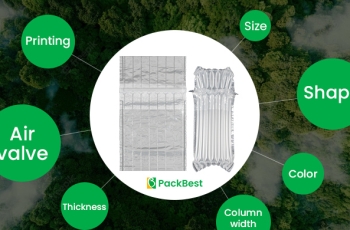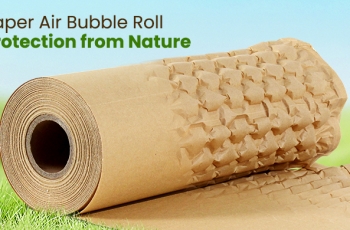Why Choose Film Valve Air Packaging? PackBest Fixes Your Loading Frustrations
Ever stood inside a cramped cargo container, struggling to connect your inflator to an air dunnage bag valve—only to realize the tight space makes it impossible? If you’re a business that ships goods, this scenario is all too familiar. Wasted time, incomplete inflation, and the nagging fear that your products won’t be protected during transit: these are the daily headaches of packing with conventional air dunnage bags. But what if there was a solution that eliminates this hassle entirely? At PackBest Air Packaging, we designed our patented Film Valve to solve the very problems that make traditional air packaging a chore for your team. Let’s break down why it’s become the top choice for businesses tired of compromising on protection. Why Is the Film Valve Winning Over the Industry? Inflation at Any Angle – Even in Tight Corners Say goodbye to awkward angles and wasted time. Unlike traditional rigid valves, our film valve allows inflation from any direction—whether you’re working in a cramped container or an awkwardly shaped space. No more struggling to connect the inflator tool. Just position, and inflate. It’s that easy. Enhanced Seal with Multi-Layer Valve Core The PackBest Film Valve incorporates two or more layers of specialized valve film, dramatically improving air retention compared to conventional one-way air valves. This means your cargo stays securely cushioned throughout the journey—even under pressure or vibration. Versatile Application Across Air Packaging Types From container air dunnage bags and void-fill solutions to bag-in-bag systems, the Film Valve isn’t just a product—it’s a tool. We’ve integrated this innovation across our range of air cushioning packaging products to ensure consistent reliability, no matter the application. Smaller Size, Greater Capacity. The PackBest Film Valve is nothing more than a slim, flexible film—a stark contrast to traditional bulky plastic protruding valves. This innovative design reduces…













